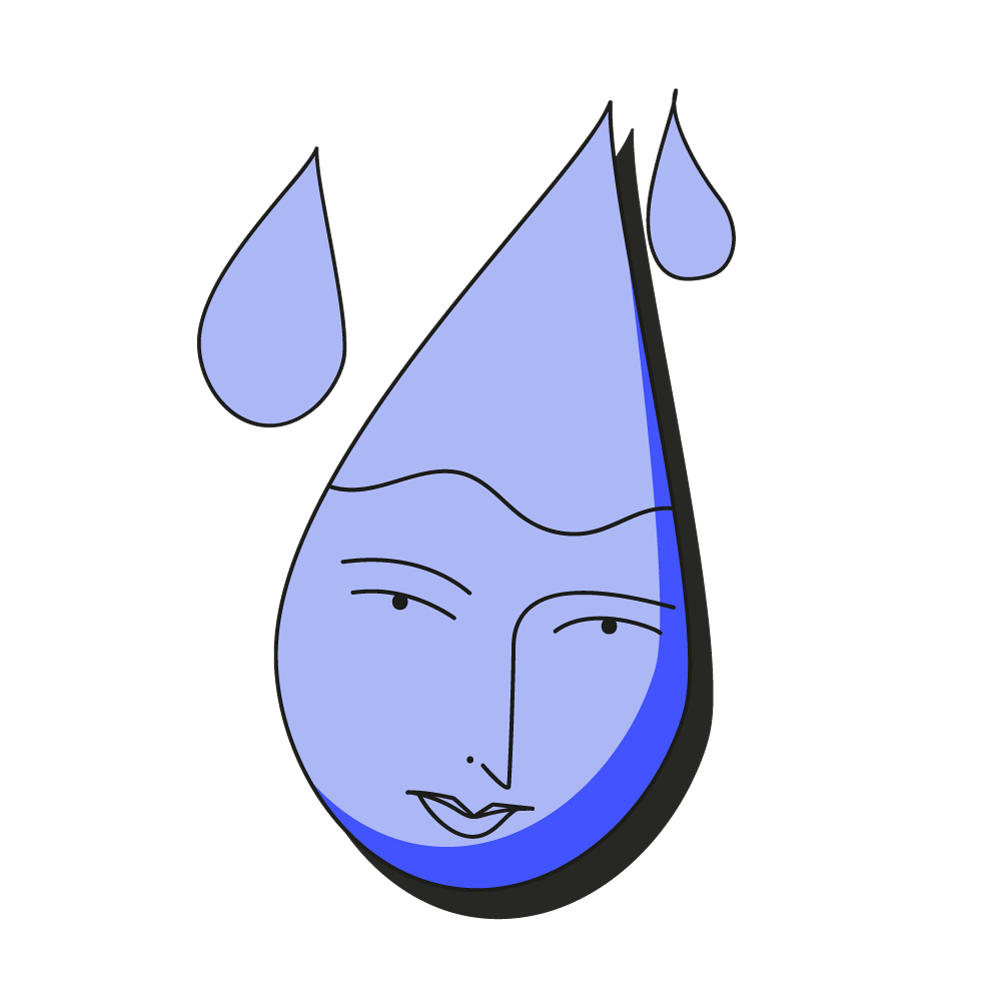
Sadness
Definition
Sadness is an emotion that expresses emotional pain related to the loss of something or the feeling of lack.
Body language
Decrease in the general level of activity (cognitive, behavioral and body) to save resources, Sombre facial expression, crying.
Function
Involving a negative emotional experience, sadness makes it possible to signal internal states and the need to be comforted, reassured or helped: it promotes mutual aid and social support between individuals.
Sadness and mental health
Sadness can be recurrent, intense, impact your daily life, lead to despair. Sadness can be temporary, but if it is recurrent and persistent it can be a symptom of depression. If you often feel sad, you are not alone, you can talk to people you trust.
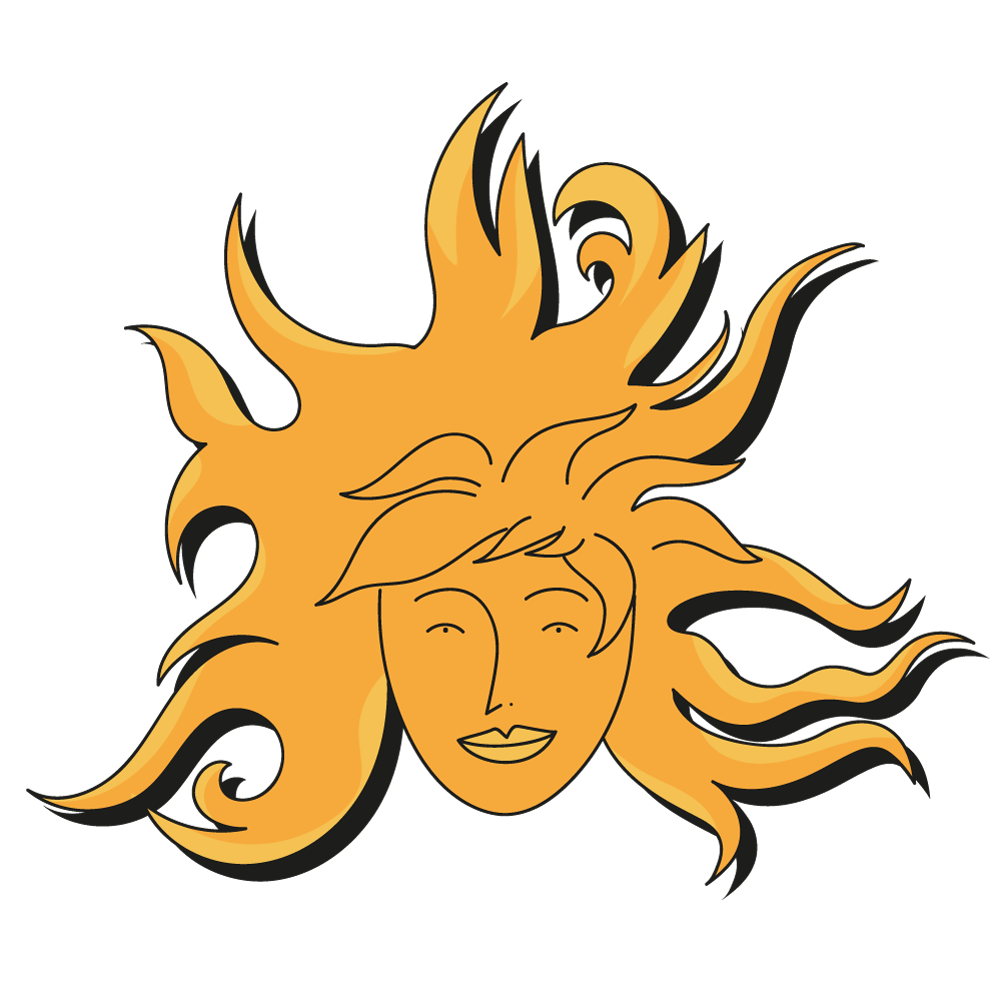
Joy
Definition
Joy is an emotion that allows the expression of pleasure, happiness, well-being, contentment and/or vital motivation. Joy marks moments that are perceived as happy, that have meaning for individuals or a goal is achieved.
Body language
Motor restlessness, rapid heartbeat and breathing, laughter, smiles, tears or the urge to move, scream or jump.
Function
Joy allows us to encourage action by reinforcing behaviours that bring us benefits or alleviate a state of discomfort.
Joy and mental health
The absence of joy can be a sign that you are not well and that you are becoming depressed: don't hesitate to talk about it.
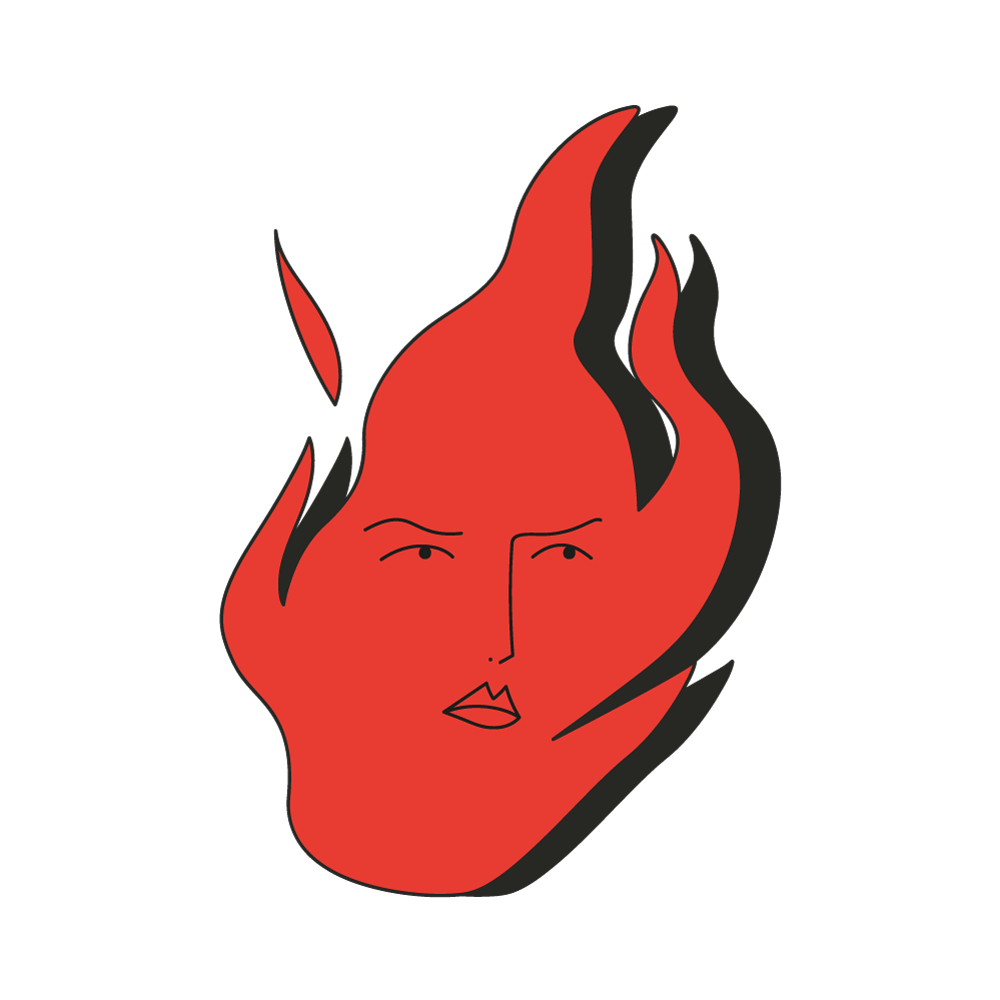
Anger
Definition
Anger is an emotion that we feel when faced with situations that are perceived as bad, unpleasant or threatening, in which our needs/limits/values are not respected (eg: frustration, injustice, or disappointment, betrayal...).
Body language
Preparation of the body for action, an increase in heart activity, muscle tone and depth of breathing
Function
Anger has the function of mobilising the resources of the individual to respond to this frustration, to face a danger and to overcome an obstacle.
Anger and mental health
Anger can be overwhelming and intrusive, it can cause stress, lead to destructive behaviours (self-harm - hurting yourself or others), impact your self-esteem and isolate you from others. Don't hesitate to talk about your anger, it is important to know what activates it in order to better manage it.
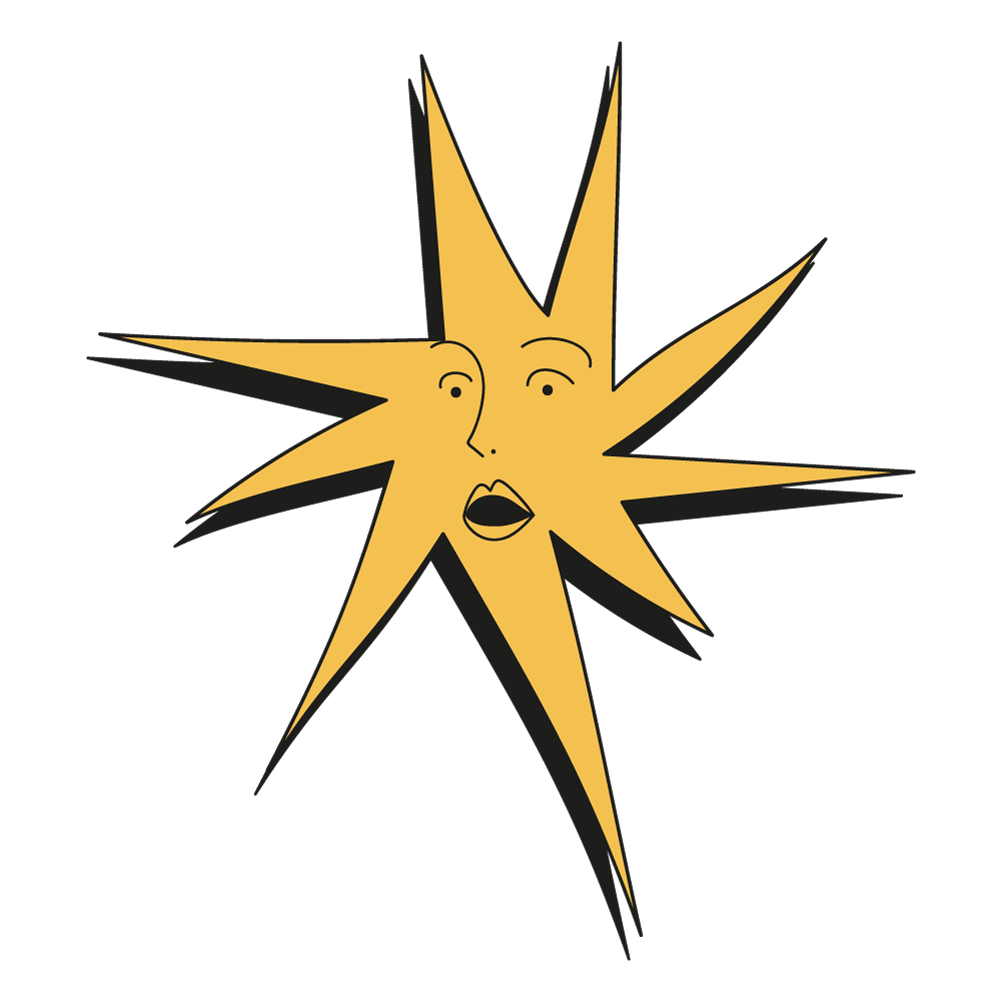
Surprise
Definition
Spontaneous reaction to events in the environment that are unexpected, such as the perception of a noise or movement. Can quickly change to other emotions such as fear or indifference.
Body language
Surprise can be expressed by a sound, a facial expression (eyes wide open, eyebrow raised, "o" mouth), a brief body movement such as a startle.
Function
It marks the consideration of a situation and the evaluation of its potential danger.
Surprise and mental health
The intensity of the surprise can create a shock with effects on your mental health.
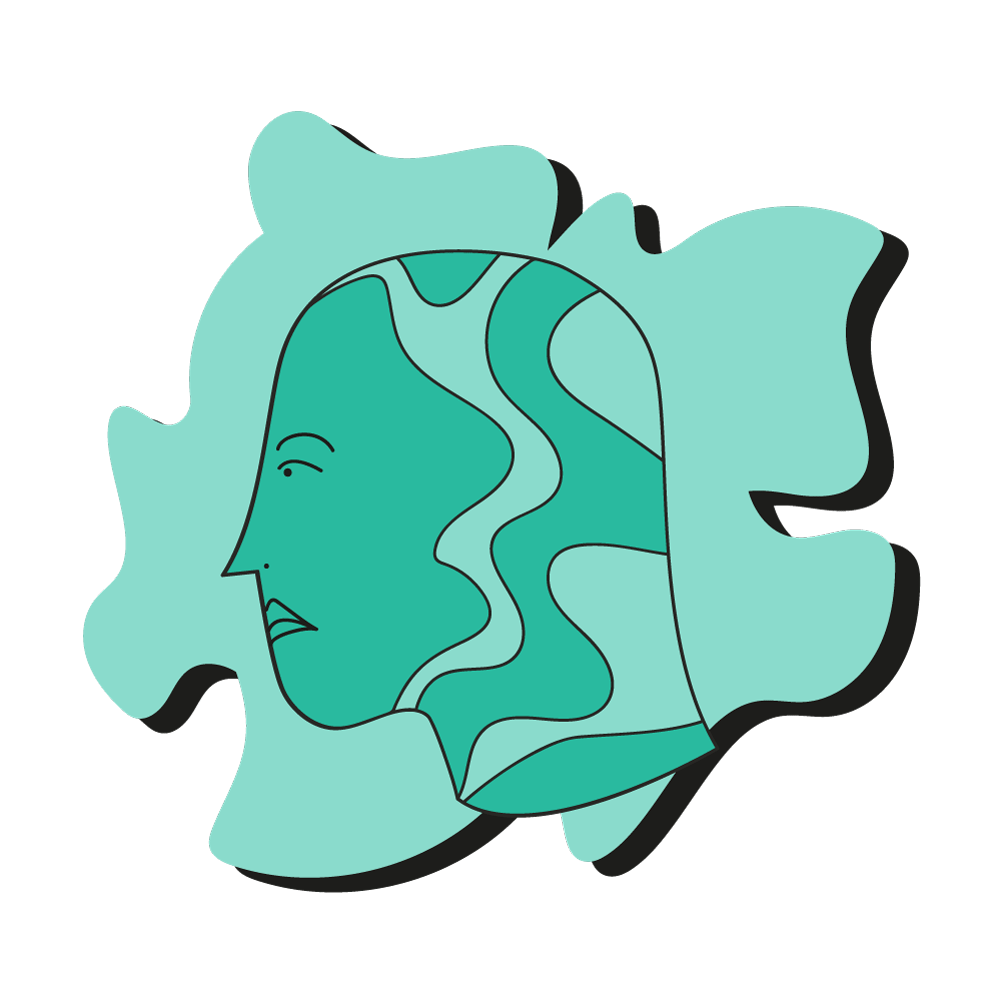
Disgust
Definition
Rejection and closure of self in response to something aversive, repulsive or contaminating.
Body language
Disgust is often visible in facial expression, and in the body distancing itself from things that disgust you. Disgust can provoke strong reactions and the setting up of strategies to avoid the things that provoke this emotion.
Function
Protection, defense reaction to protect yourself from something you don't like or that is harmful/toxic to you.
Disgust and mental health
It can prevent you from carrying out certain actions in your daily life or from fully appreciating moments.
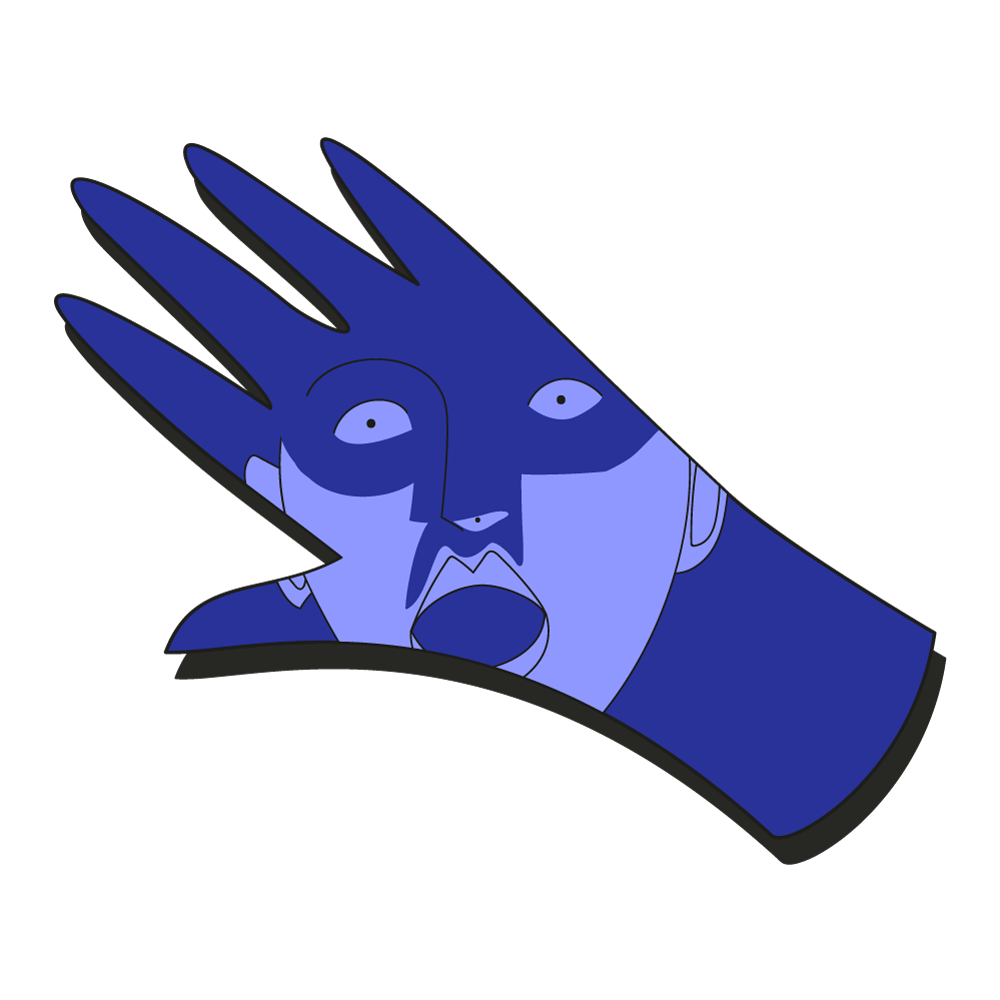
Fear
Definition
Response to threat and danger, physical or psychic, perceived or proven.
Body language
Body in motion or completely frozen, heart rate increasing, sweating, loss of urine.
Function
Fear is responsible for your safety since it mobilizes your resources as soon as you feel in danger.
Fear and mental health
Intense fear or fear following a traumatic event can be pervasive in daily life, with phobias and aversions, or flashbacks (reliving the event emotionally by feeling the fear again).

